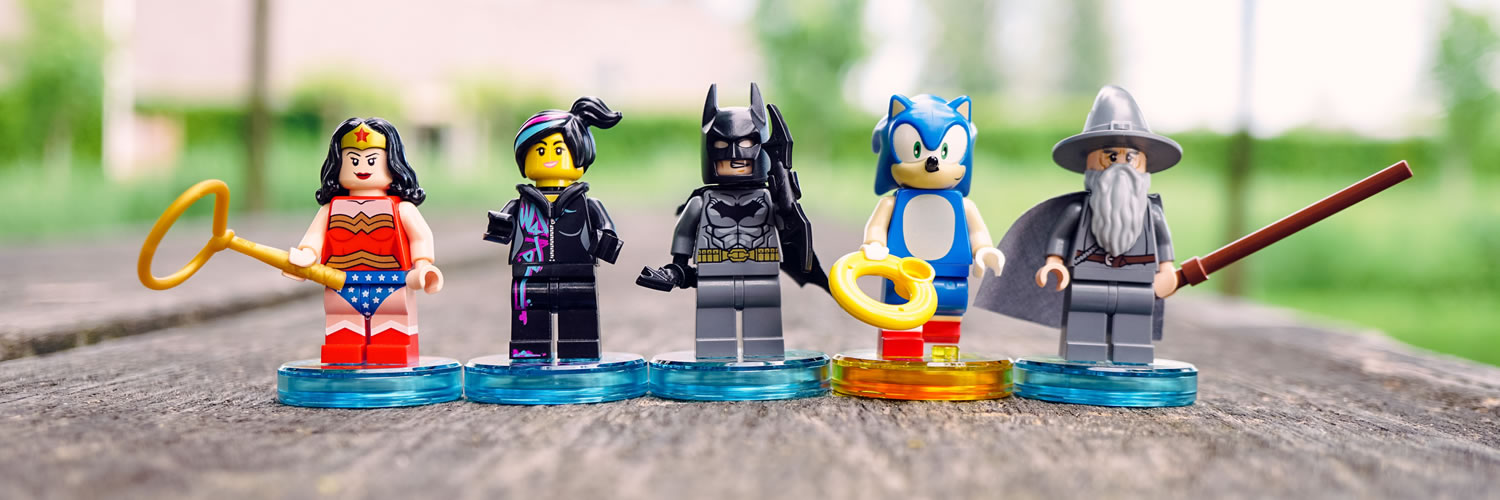
Training leaders to embrace innovation
To establish a culture that allows for the birth of innovative ideas, leaders need to learn new behaviors and skills. Here's how an innovation journey can help.
The 2018 World Economic Forum highlighted innovation among the most valued skills for the future. In today’s rapidly changing environment, leaders need to know how to deal with disruption, create fresh ideas and stay competitive. This means that it is crucial for leaders to effectively manage innovation.
Taking leaders on a journey
Innovation is the discipline of discovering and solving problems in new ways under conditions of uncertainty. To successfully establish a culture that allows for the birth of innovative ideas, products and processes, leaders need to learn certain behaviors and skills.
Changing habits and working in new ways require leaders to experience new concepts, live the new approach, test out new behaviors and fail. Innovation journeys are a process that organizations can implement to help leaders learn how to do these things.
Designing a journey to create a culture of innovation
In an innovation journey, leaders learn how to determine the best response to rapid changes in their environment, explore new ways of overcoming challenges and learn how to build the future of their organization.
During this journey, leaders go through the four stages of the innovation cycle:
- Setting the intent: reaching a consensus on the key performance indicators (KPIs) needed to measure the success of the journey
- Exploration and ideation: exploring the unmet needs of their customers using design thinking, ethnographic studies or other exploration techniques
- Refinement: executing field experiments where leaders can apply classroom learning in real life
- Experimentation: developing test cases to validate the assumptions underpinning their ideas
Through these stages, leaders identify the organization’s innovation domains and ambitions, find new ways to solve customer pain points, and develop the processes and leadership skills to sustain the momentum back at work.
While the optimal design and duration of an innovation journey will vary based on the organization’s needs, there are a few elements that successful journeys share:
- Innovation efforts are aligned with business goals.
- Observation and experimentation occur in the field.
- Coaches are present to engage participants throughout the journey.
- Leaders learn innovation leadership behaviors.
Bringing the new culture to life
Innovation journeys begin with the “prime phase,” where leaders define the problem that needs to be solved using innovation. In this stage, leaders form teams, create the structure of the journey and identify KPIs. After kicking off, participants come together in a live session and identify their critical assumptions, using design thinking to explore customers’ needs. This phase often involves evaluating real customers so that teams can immediately validate their assumptions.
After clarifying assumptions, participants engage in field experiments to bring the classroom learning to life. They observe clients and collect data using shadowing and ethnographic interviews. Insights gained through the interviews are used to create customer journey graphs, helping to validate and refine ideas from the previous step.
In the second face-to-face module, participants combine their learnings to develop workable solutions, prototyping their ideas and focusing on results measurement. In addition, they practice innovation leadership behaviors that will allow them to keep running these projects back at work. Leaders will leave this part of the workshop with an initial prototype, or a minimum viable product, for further testing.
Throughout the journey, innovation coaches play a key role by providing feedback to teams and ensuring participants gain the right insights and ask the right questions. Coaches assess whether the course of action needs to change and follow up with the teams until they can take their ideas forward on their own. Perhaps most importantly, coaches ensure that participants develop the leadership skills and behaviors they need to create a culture of innovation back at work.
Mindset shifts
These types of innovation learning journeys allow leaders to fundamentally shift their mindsets, discover a newfound empathy for the customer and become more conscious of their own leadership behaviors. As a result, they are better equipped to serve the customer, re-evaluate existing products and services, and walk away with the confidence to take the innovation tools, processes, and mindset back to their teams.
This article also appears on trainingindustry.com:
How Do You Train Your Leaders to Embrace Innovation?
Photo at top:
Zhen Hu BTS, an Advantage Performance Group solution partner, is a global professional services firm headquartered in Stockholm, Sweden, with some 500 professionals in 33 offices located on six continents. We focus on the people side of strategy working with leaders at all levels to help them make better decisions, convert those decisions to actions and deliver results.
BTS, an Advantage Performance Group solution partner, is a global professional services firm headquartered in Stockholm, Sweden, with some 500 professionals in 33 offices located on six continents. We focus on the people side of strategy working with leaders at all levels to help them make better decisions, convert those decisions to actions and deliver results.
- Training leaders to embrace innovation - February 5, 2019
